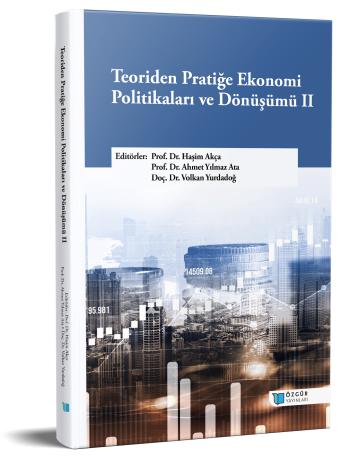
Examining the Nexus Between Digitalization and Elderly Employment in the European Union Using Selected Socioeconomic Indicators: A Critic Based Mabac Method Application
Şu kitabın bölümü:
Akça,
H.
&
Ata,
A.
Y.
&
Yurdadoğ,
V.
(eds.)
2023.
Teoriden Pratiğe Ekonomi Politikaları ve Dönüşümü II.
Özet
The aim of this study is to examine the adaptation of elderly employment to developments in the digitalized world and to investigate how successful the EU countries are in managing this process. This study is evaluating the performances EU countries with CRITIC based MABAC Method in terms of adaptation of the elderly employment to the developments in the digitalized world using some socio-economic indicators that are important in the adaptation of the elderly employment to the process. According to the findings of the CRITIC method used for criterion weighting with the help of the variables included in the study, the most important eight criteria affecting performance are Adults working at home (20.59%), Population (15.48%), Adult Employment Rate (10.42%), Life Expectancy (9%, 63), Average Income (7.91%), Internet Usage Rate (7.70%) and Digital Skill Level (7.67%). On the other hand, in the findings of the MABAC method using the weights obtained by the CRITIC method, it was found that the countries in the first place in the performance ranking were Germany, Denmark, Sweden and Italy, while the countries with low performance were Poland, Croatia, Bulgaria and Greece. As a result of the study, it is seen that the countries in the first place have higher digital skill level, internet usage rate, adult employment rate, per capita income and average income level and active aging index values in the population aged 55-64 compared to other countries, while the poverty threshold is lower. On the contrary, when the countries in the lowest ranks are examined, it is seen that there are countries with low digital skill levels, adult employment rate, average income and high poverty threshold.

